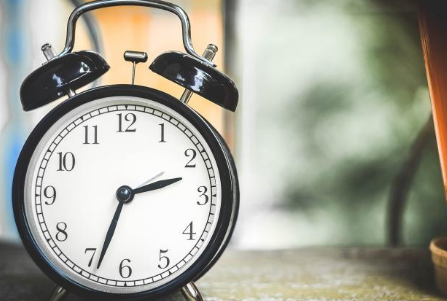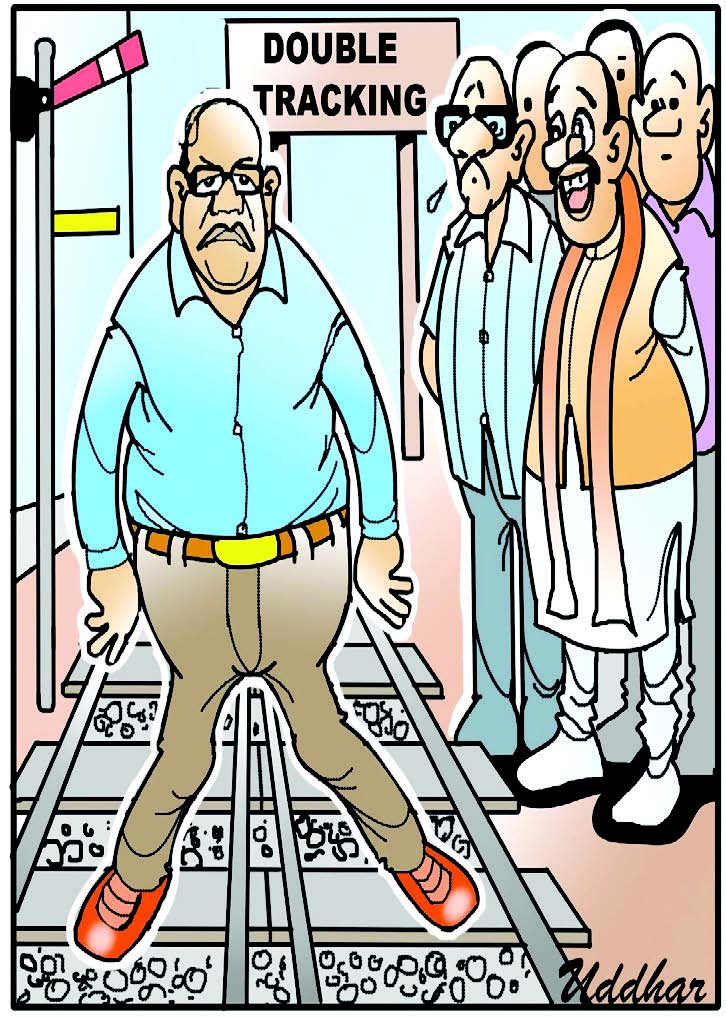
NJ Ravi Chander
Much before our lives became regulated by clocks; there were different ways of gauging the time of day. These included the clock towers, the school bell, tracking the sun's movement, the muezzin calling the faithful to prayer, temple chants, cockcrows, the church bell and the factory siren. I recall waking up to the blaring sirens' sounded from the nearby Imperial Tobacco Company (ITC) factory and the 515 Army Base workshop during my early days. Besides, signaling the beginning of work, change of shift, work breaks and the end of the workday, the factory authorities also used the sirens during times of peril to alert citizens of fires, natural calamities and air raids.
A strategy we adopted to zero in on the hour was by giving an ear to the passing trains' that rattled past the railway station, close to where we lived. There was also a level crossing a few metres away from the station operated by a gateman who warned passersby of the train's arrival by triggering an electro-mechanical bell that was audible in all directions. Trains arrived and departed throughout the day and night, but the residents living near the tracks got used to them. Soon we grew familiar with the names of many a train that passed the station, besides having the time-table of running trains at our fingertips.
While trotting off to primary school in the sixties, I would venture to implore for the time from a gaggle of giggling college girls who sported HMT watches on their wrist. The iconic watch company ran the ad, "Timekeepers to the nation". After disclosing the time, the pretty lasses, towering over us little tots, would giggle and respond, "How cute?"
The school watchman would herald the beginning of classes by striking a gong in his possession, an umpteen number of times. Schools in our neighbourhood began at various times in the morning, and the recess and lunch break and end of school day were not in tune with each other. Hence, we got used to hearing multiple chimes that followed one another and produced varying strike-notes.
Ancient timekeeping devices included the candle clock, used in China, Japan, England and Mesopotamia, the time stick used in India and Tibet, the hourglass, and the sundial. The last-named relied on shadows to estimate the hour on a sunny day while the hourglass, the very symbol of the concept of time, had sand running through its glass bulbs. Hourglasses served as a stark reminder of the transience of existence and are objects of fascination. The tall clock towers that dotted the city became landmarks and stood like sentinels. Despite the relentless march of time, some of these 'grand old beauties' are still 'alive and ticking'!
Finally, the rampant use of cockcrows in the predawn period to reckon the time is also ethnographically documented. There was an abundance of domestic fowl back then, and their ubiquitous sound was a signal to rise and shine. Saramaka, a maroon group in Surinam, considered the cockcrow in the predawn hours as an auspicious time for sharing secrets. Roosters also alerted those living beyond the immediate reach of religious orders to ready themselves for morning devotions with their noisy pronouncements.
